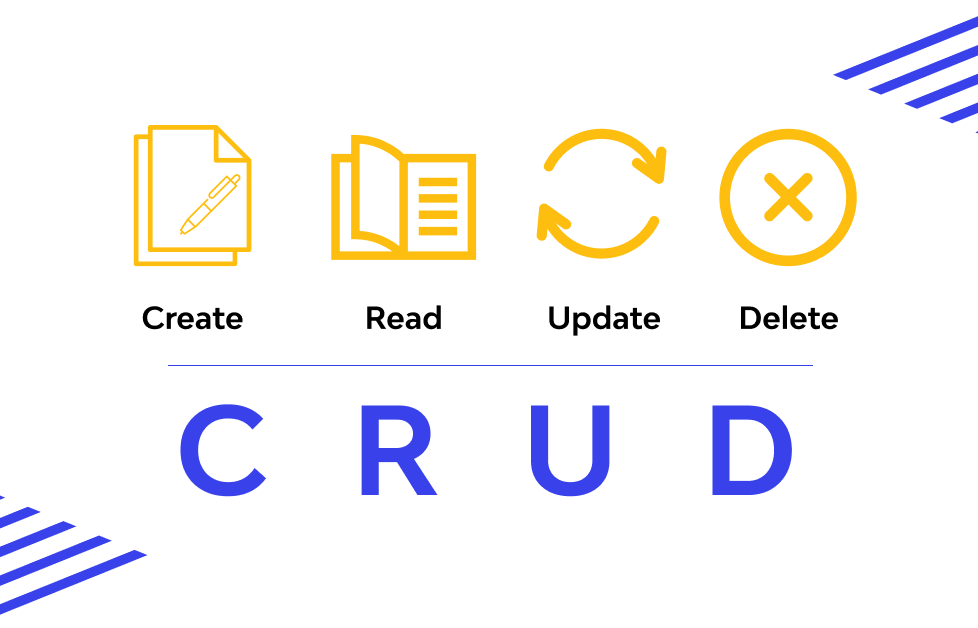What Are CRUD Operations ?


As beginners in the field of web programming, a crucial concept that is learnt and implemented throughout one’s journey as a web programmer is the concept of CRUD Operations. CRUD Operations are basically operations that provide basic functionalities such as Create, Read, Update and Delete operations that must be performed by model or application. This CRUD operations paradigm is essential for constructing web applications because it provides a memorable framework for reminding developers of how to construct full, usable models. The CRUD acronym identifies all of the major functions that are inherent to relational databases and the applications used to manage them. Every operation in the CRUD acronym can be mapped to a standard Standard Query Language (SQL).
There are four basic operations that are present in CRUD –
In a REST environment, CRUD corresponds to the HTTP methods POST, GET, PUT and DELETE methods, respectively. These are the fundamental elements of the persistent storage system.
Thus, the CRUD paradigm are fundamental concepts of a usable storage model. They are crucial concepts necessary to construct such a system and implement it for different kinds of user functionalities.
DISCLAIMER: The author is solely responsible for the views expressed in this article. The author carries the responsibility for citing and/or licensing of images utilized within the text.
